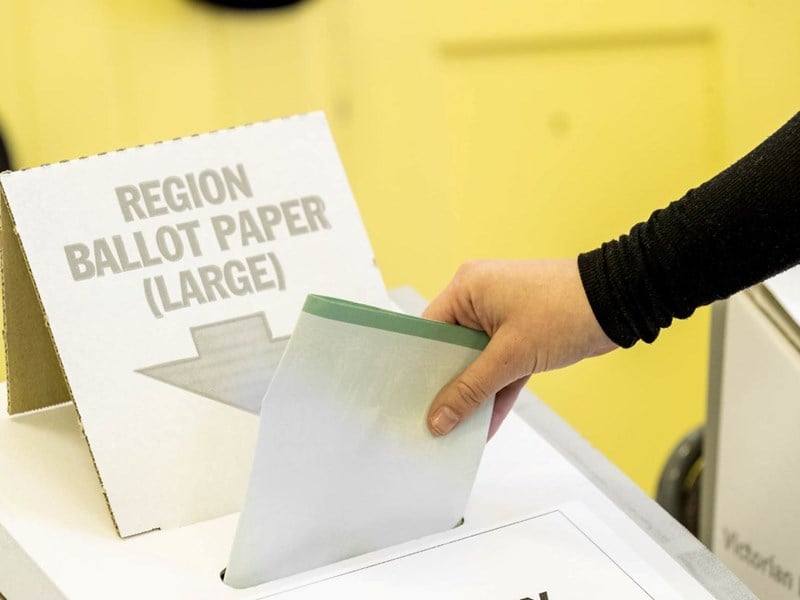- Home /
- News /
- General news
Victorians voice their views on Upper House reform
16 April 2025 Read the summary

More than 200 Victorians have shared their views on the future of the state’s electoral system as part of consultation conducted by the Electoral Matters Committee (EMC).
An online survey invited the public to share their views on how Upper House members should be elected. More than 140 people completed the survey.
An additional 62 detailed submissions were received from various people, parties and organisations.
The Committee is inquiring into possible reforms to Victoria’s Upper House electoral system following its earlier recommendation for Victoria’s Upper House to adopt a similar voting system to the one used for the Commonwealth Senate. This would include eliminating group voting tickets, allowing voters to indicate multiple preferences above the line.
To help people understand the types of changes that are possible, the Committee presented six possible electoral structures. These ranged from maintaining the current regional model to statewide representation and alternative region-based approaches. People completing the survey were asked what their preferred model was and why.
Among the most popular options was a model where all members are elected from the state as a whole, with all 40 members elected at each election. Supporters argued this approach would result in fairer representation, particularly for smaller parties and minority voices.
The Committee noted that a large portion of responses backing this model appeared to be part of an organised campaign, which may have influenced the overall results.
‘I think it's important to note that each of the six structures put out for comment had some degree of support,’ Committee Chair Dylan Wight said.
‘The Committee is very grateful for all the feedback. It helps us understand what people value and what their concerns are,’ he said.
Other respondents strongly opposed any overhaul.
‘The current structure is [the] only proposal which ensures place-based representation across the state in a way which ensures diverse (varied parties) perspectives in the upper house without increasing the size of the chamber,’ one participant commented.
Another respondent echoed that sentiment: ‘There is no need for change. Change will just waste taxpayer’s money,’ they said.
Some supported other models — such as increasing the size of regions or increasing the number of members elected — considering these to be the best balance of proportional representation with local accountability.
That included a model where 40 members are elected from eight 5-member regions plus top-up members.
This proposal is the ‘best combination of meaningful geographic representation not diluted over the whole state, while allowing small parties and independents to gain a seat based on their overall statewide vote,’ one respondent said.
Others expressed support for custom models, with varying numbers of regions and representatives supported.
The online survey is part of a broader inquiry into the structure of the Upper House and how Victorians elect their representatives. A key issue driving the review is the group voting ticket system, which has come under criticism in recent years for enabling preference deals and "preference whispering", whereby micro-parties secure seats through complex preference arrangements.
The Committee will be conducting public hearings in May and undertaking further research in coming months.
The Committee is expected to present its full findings and recommendations to Parliament by the end of 2025.